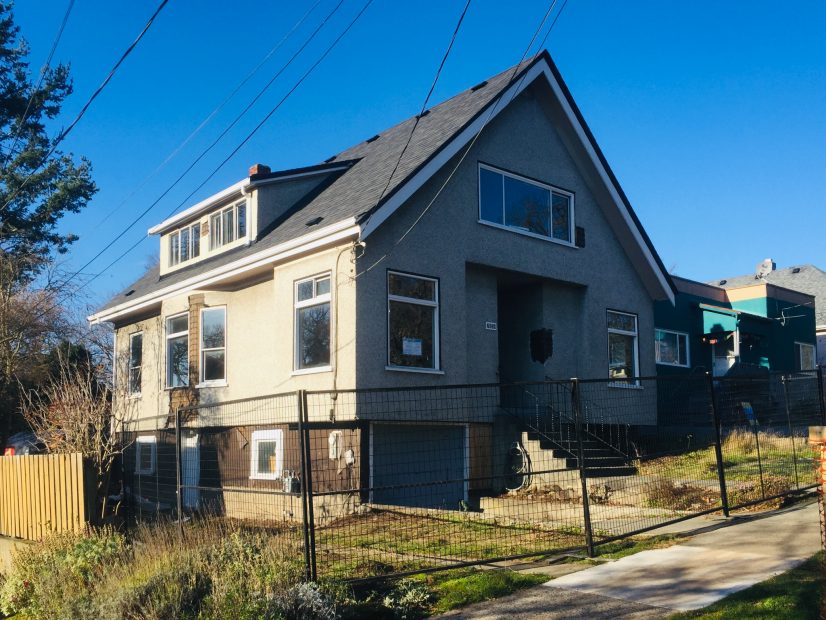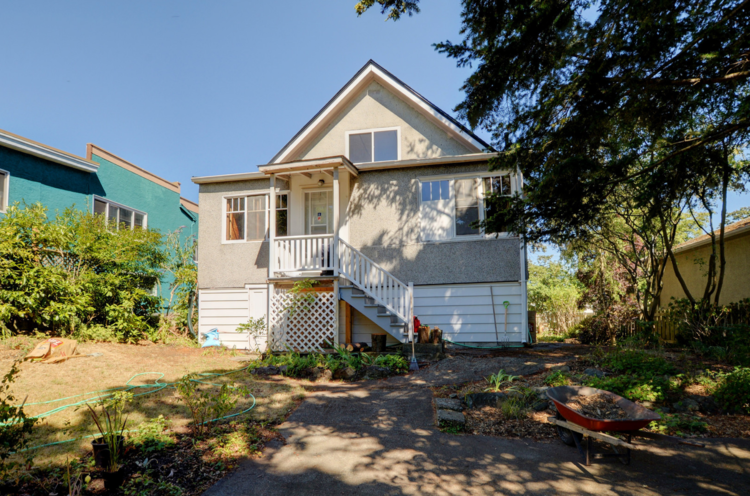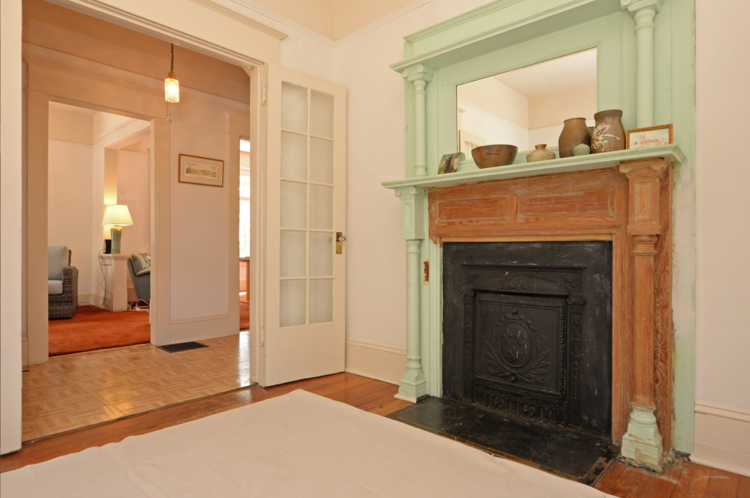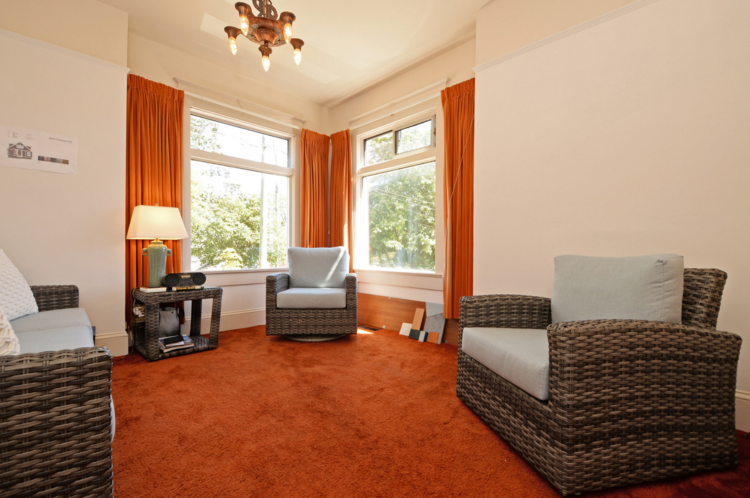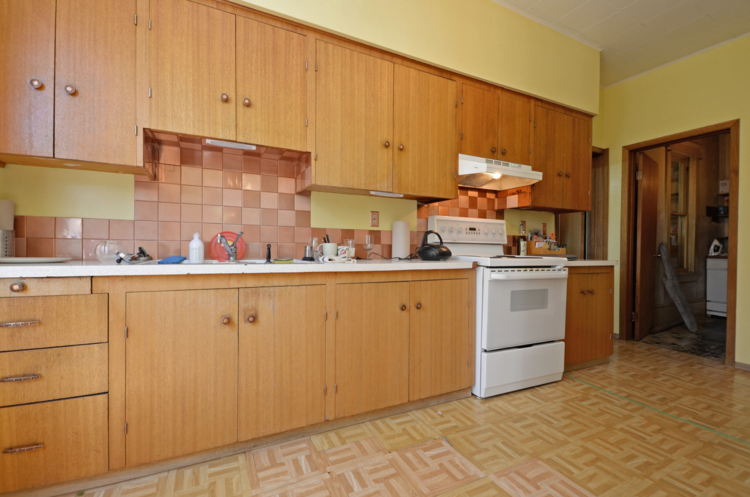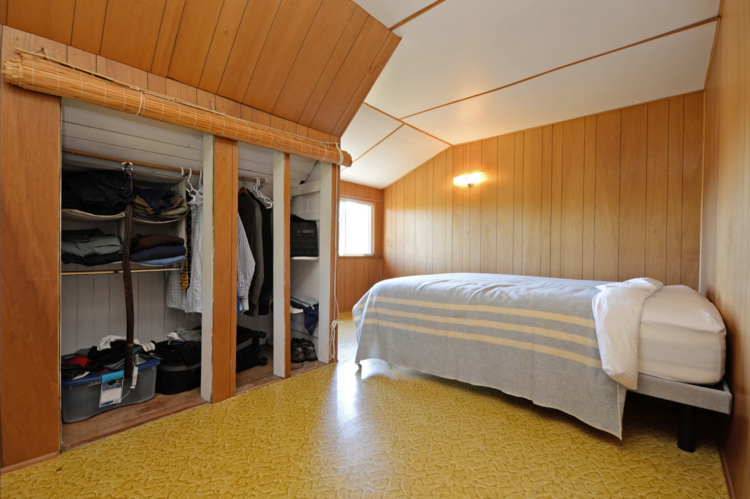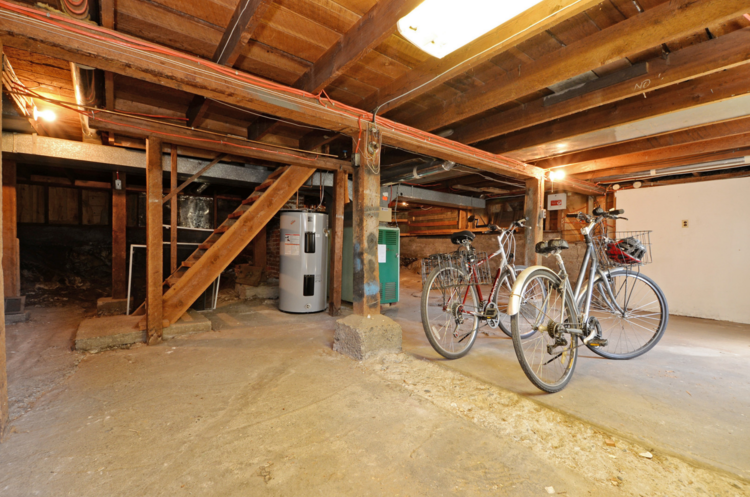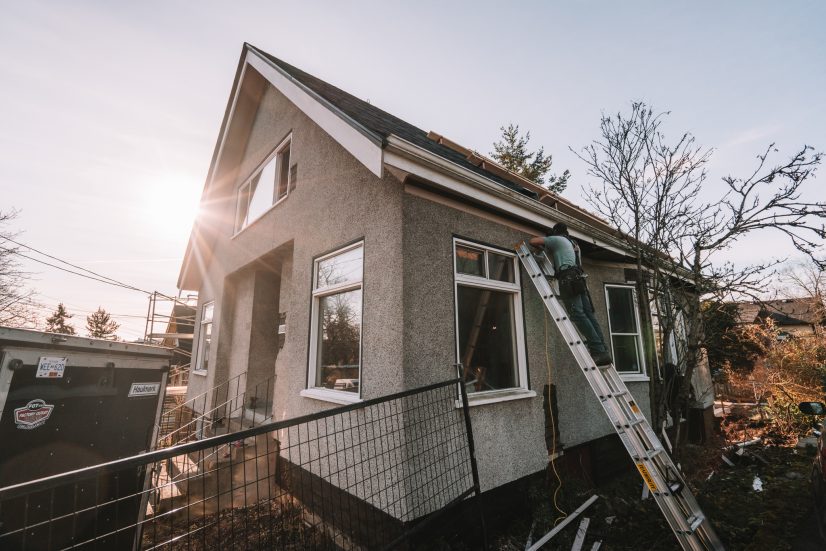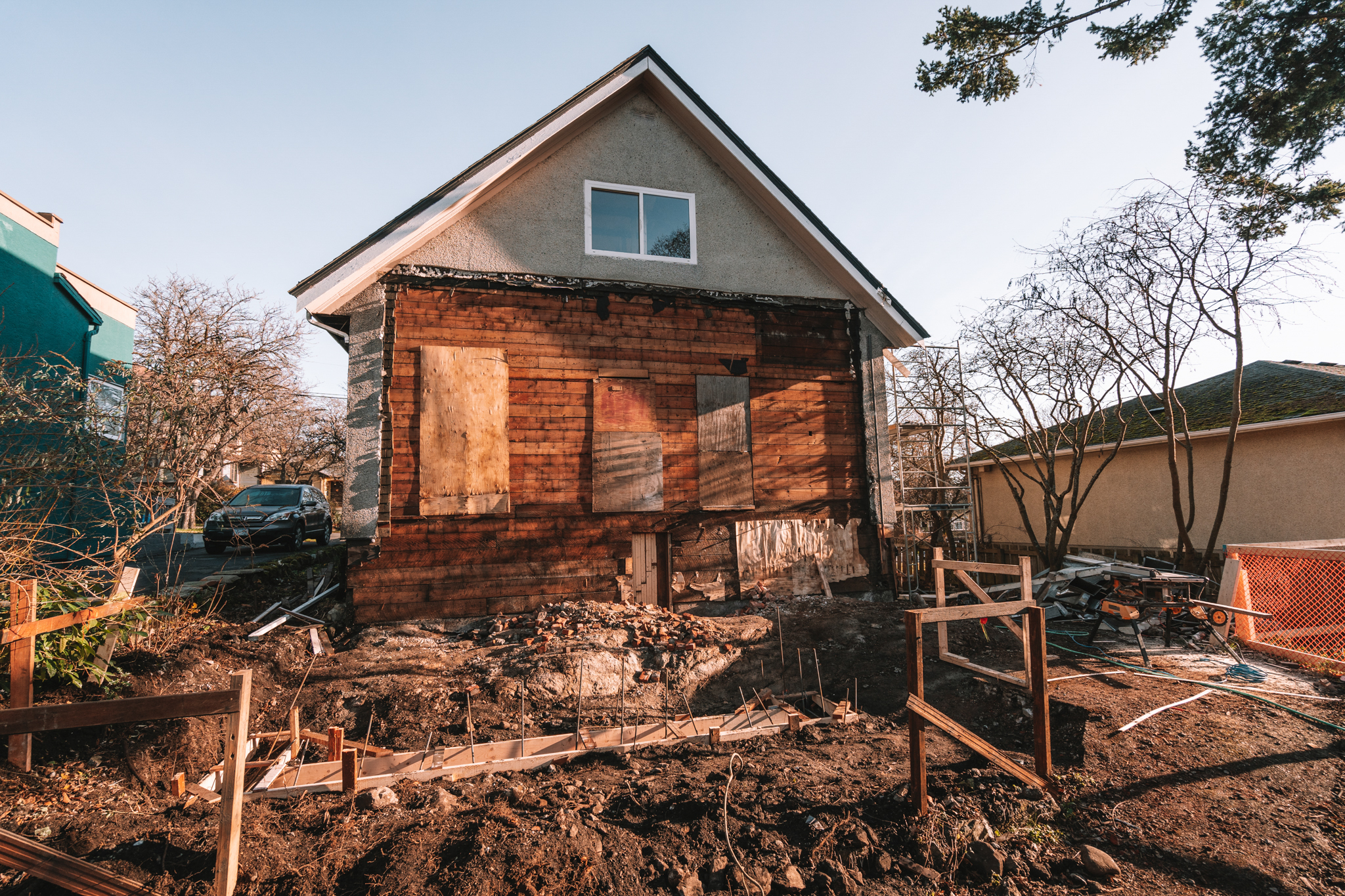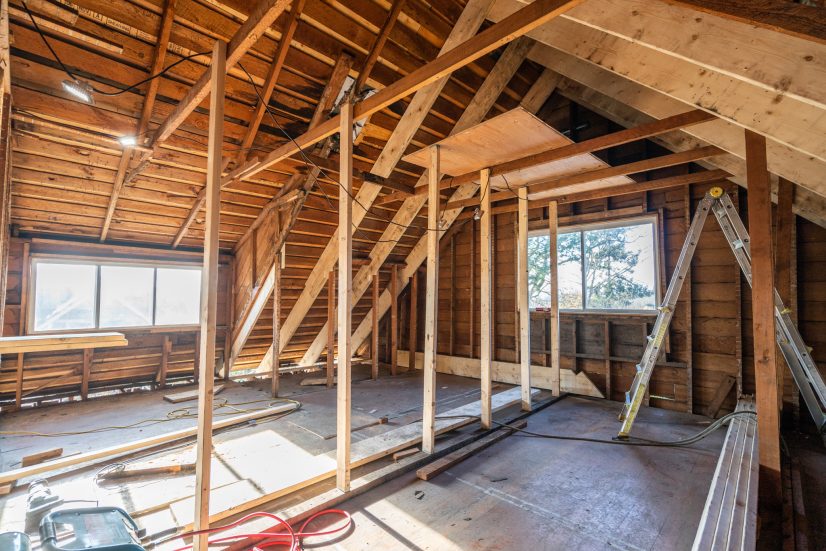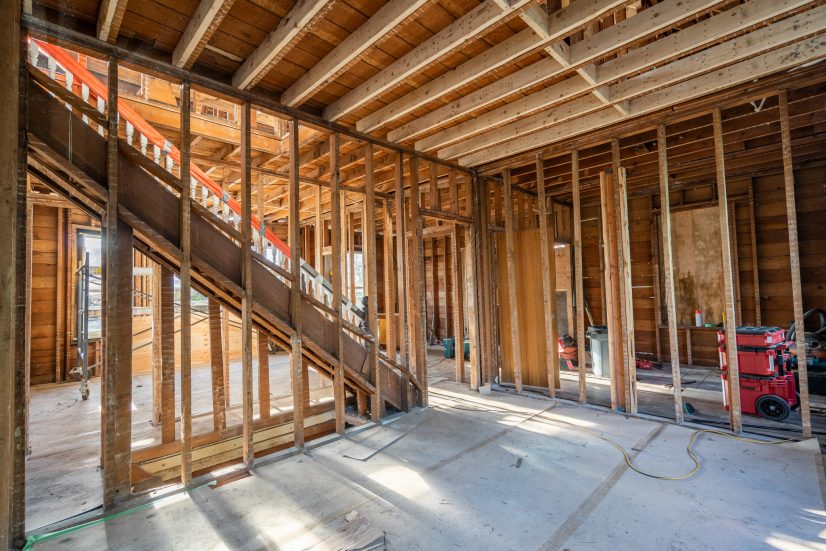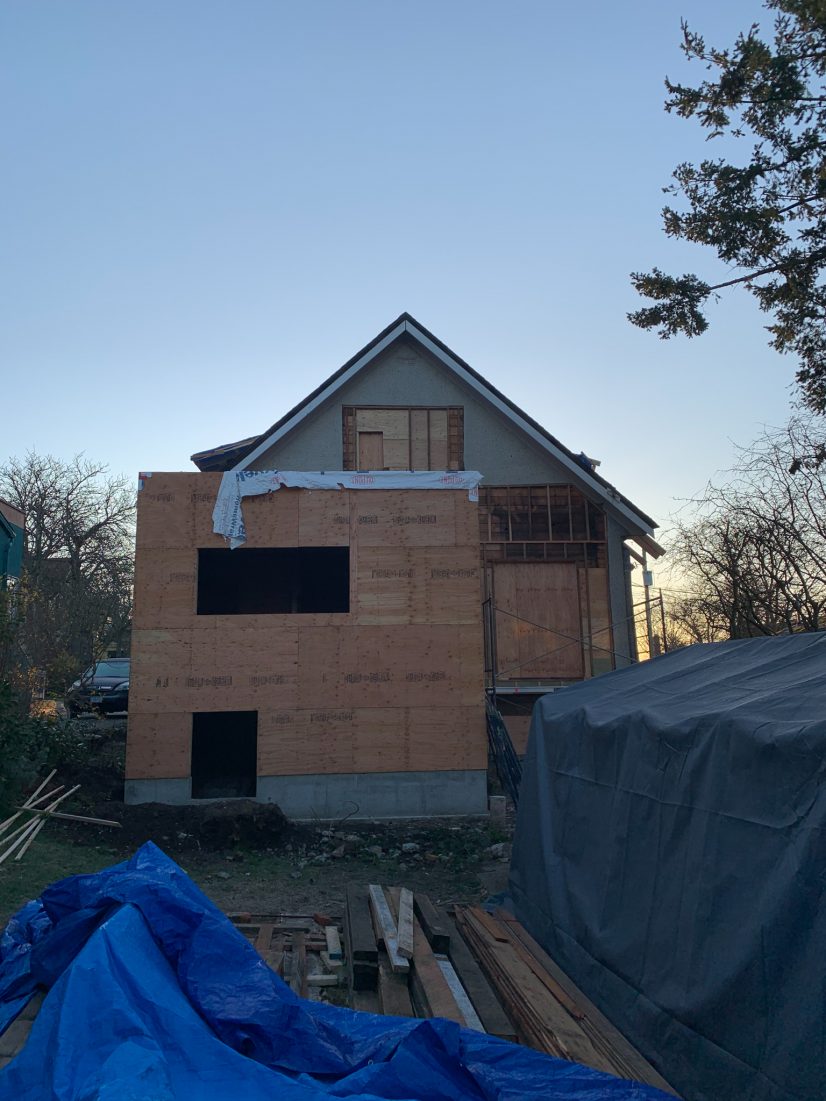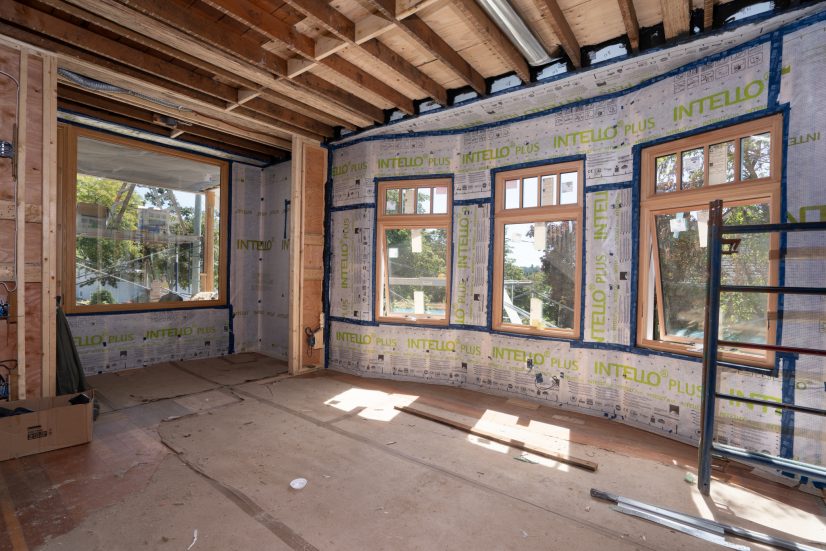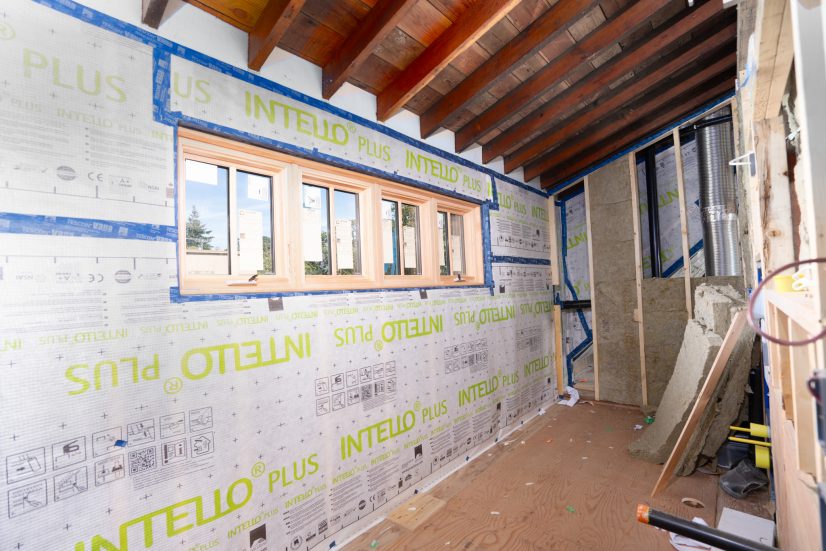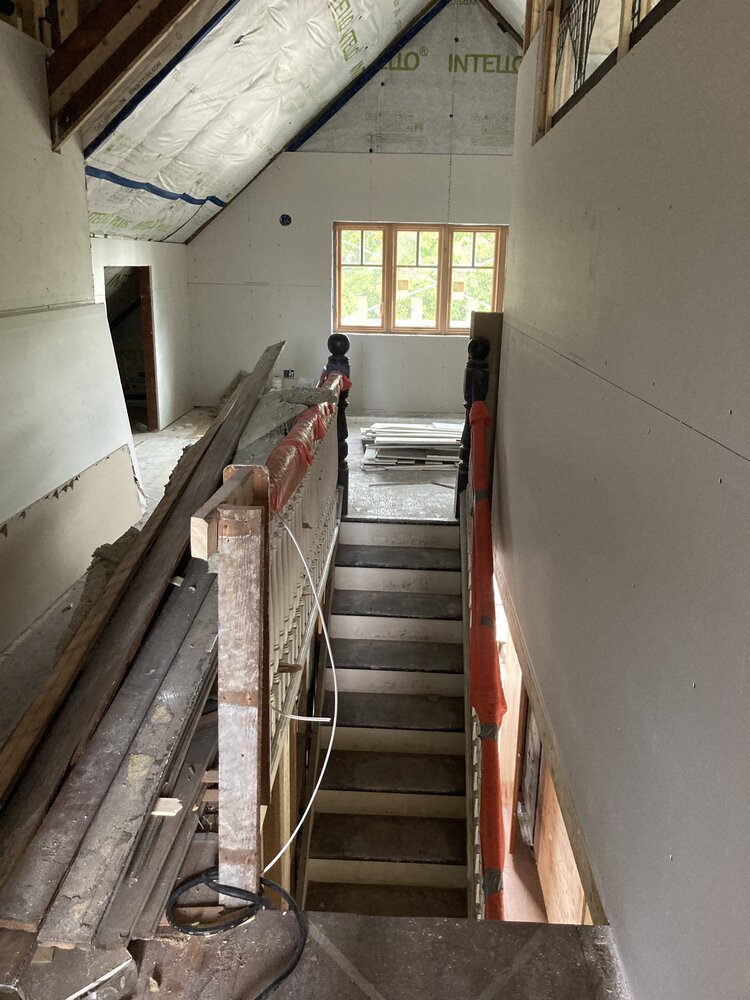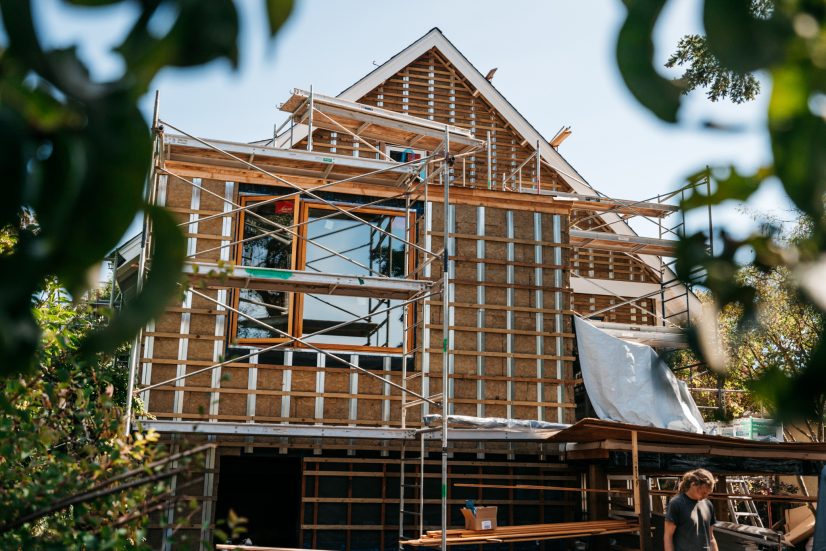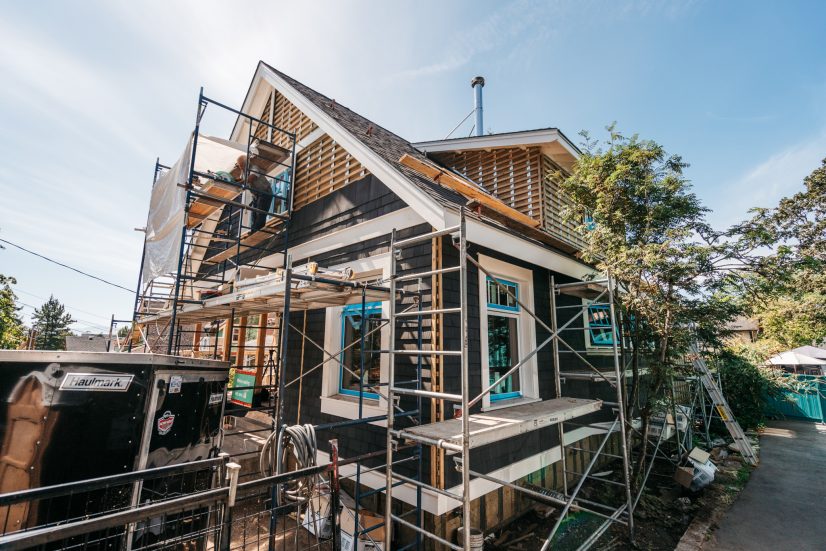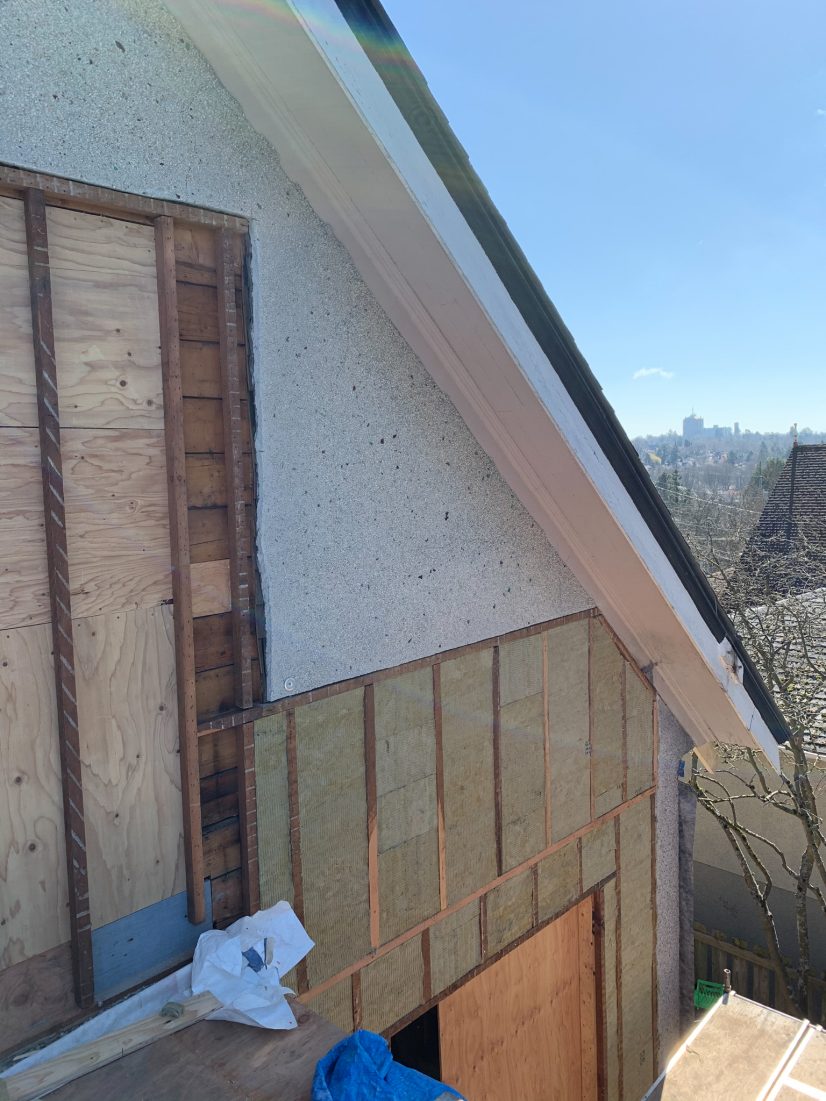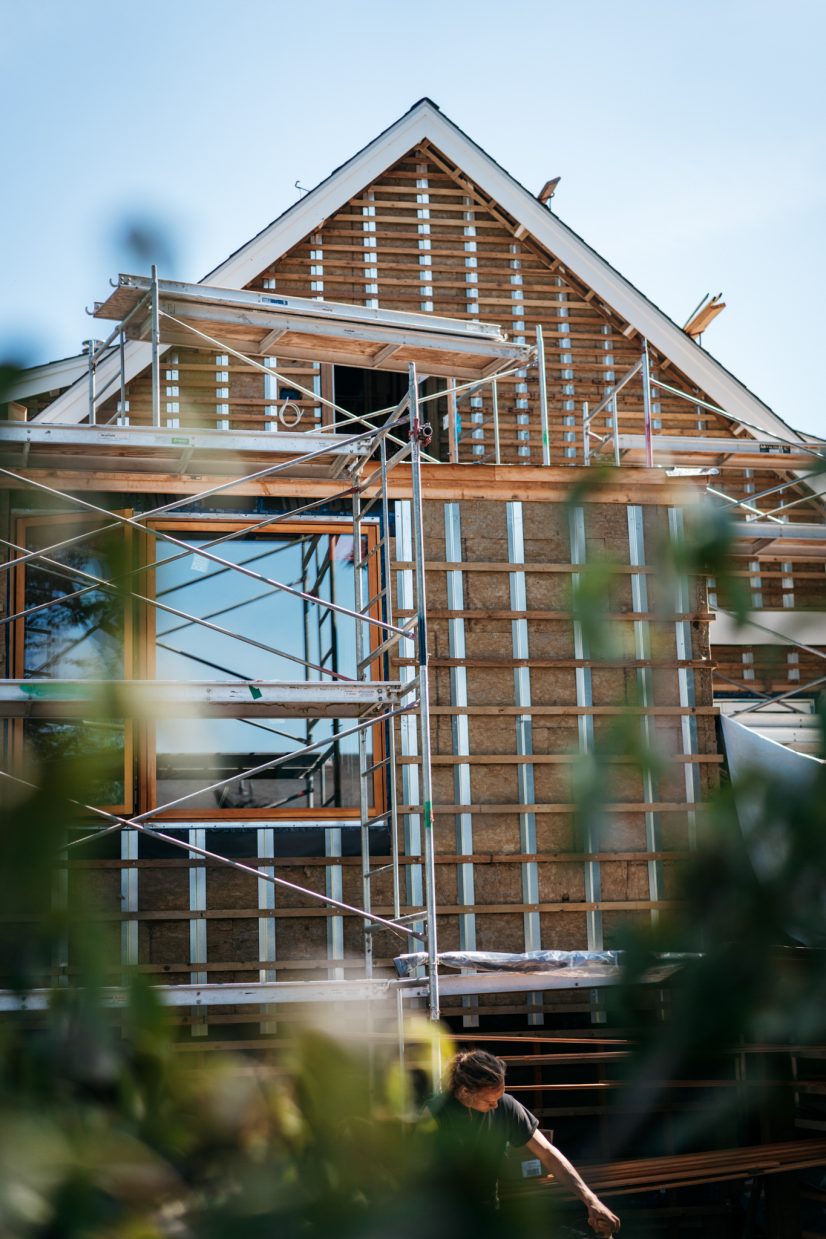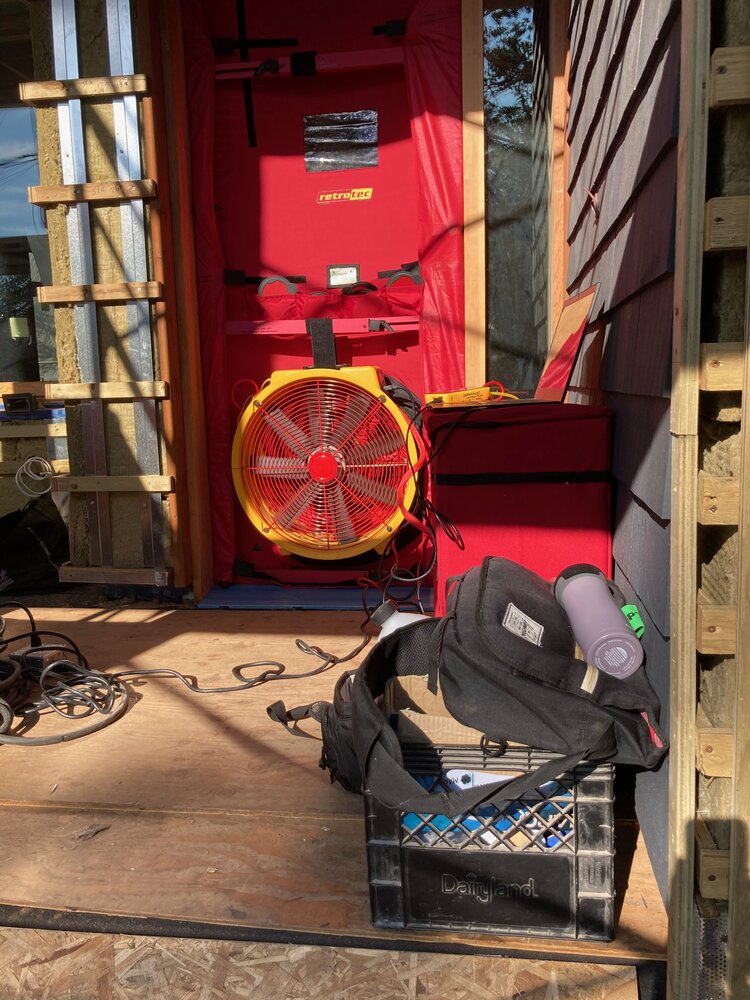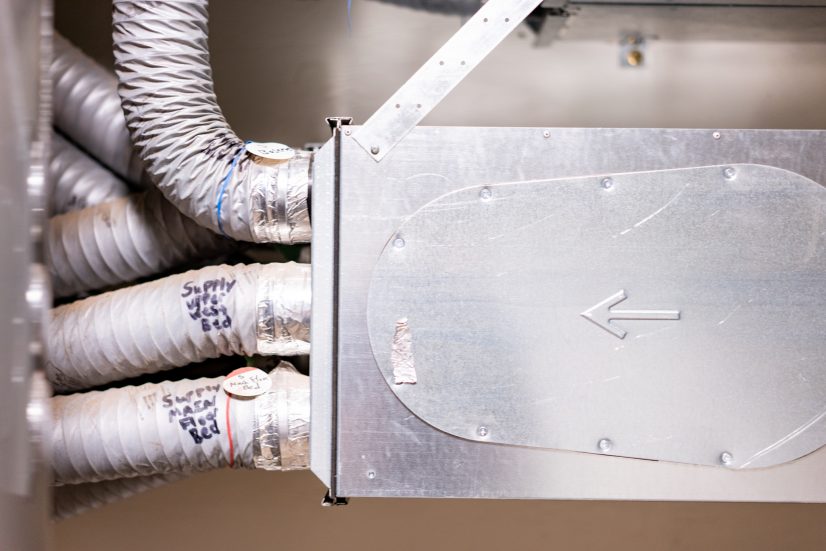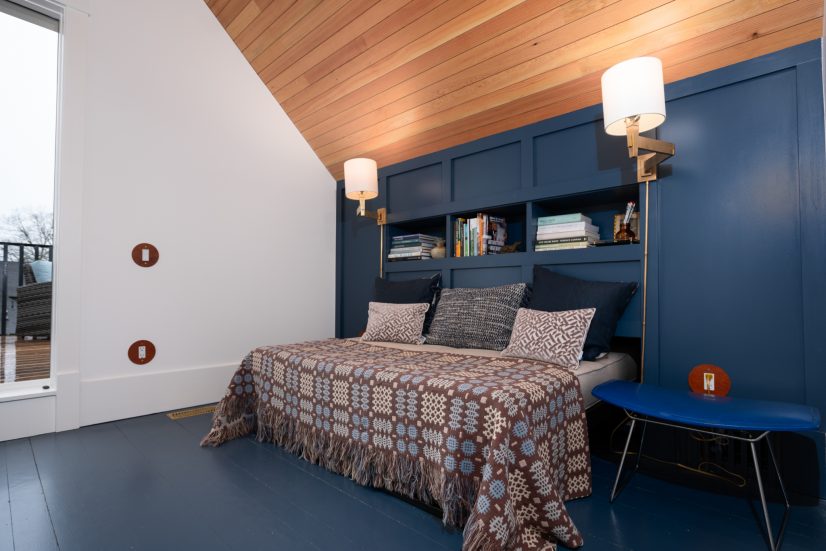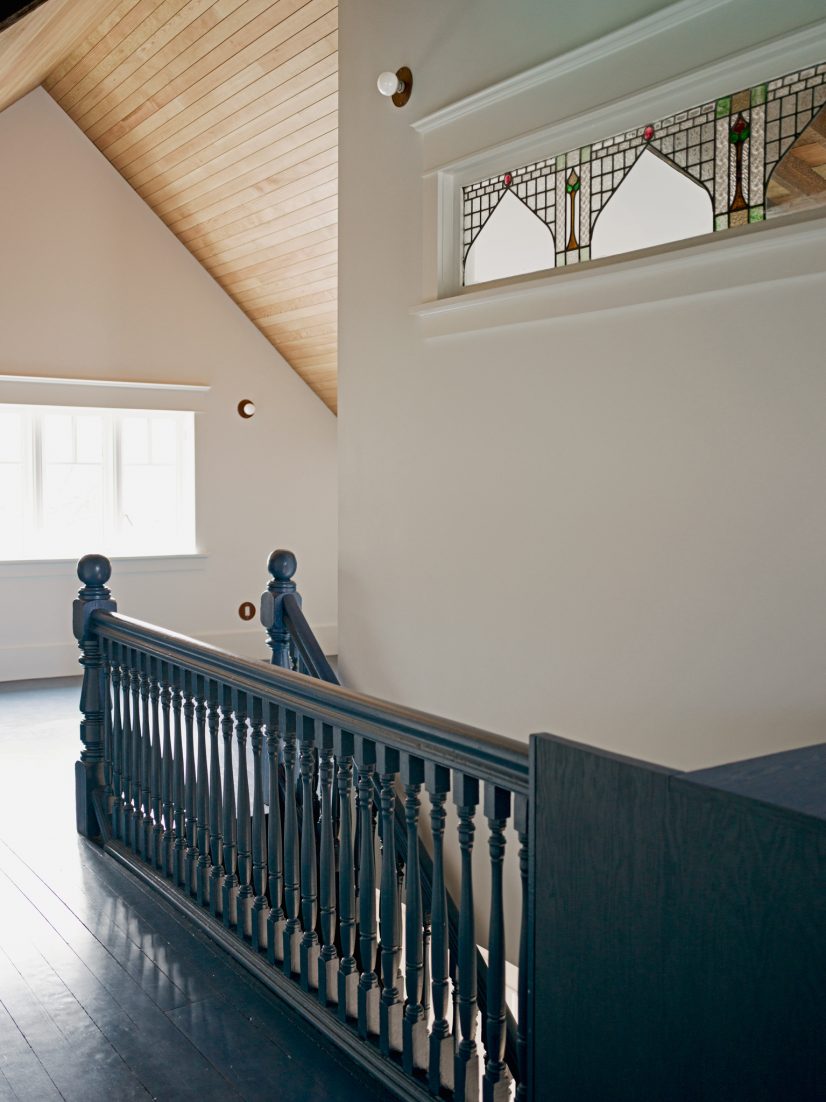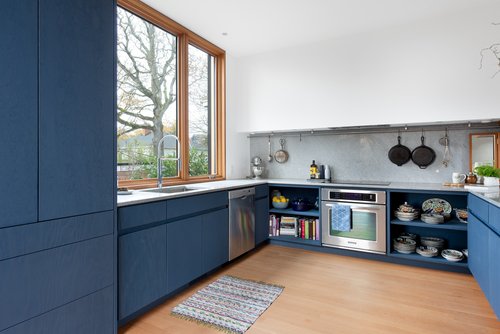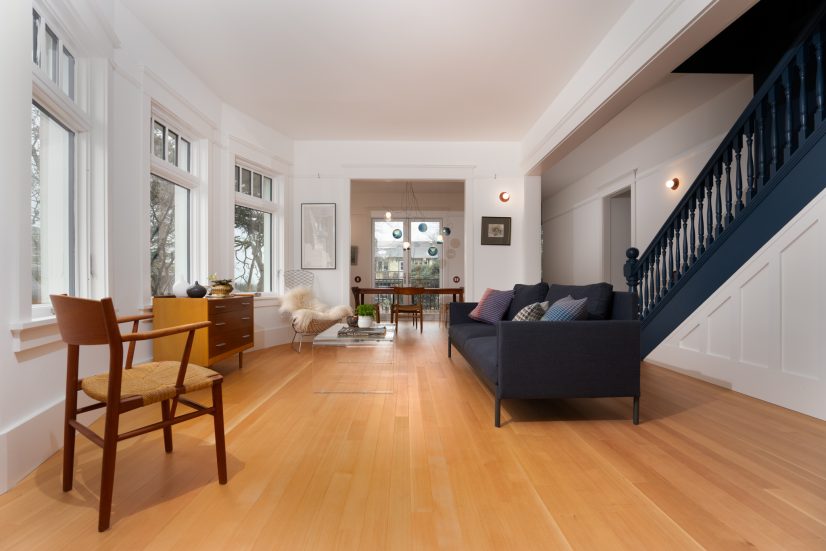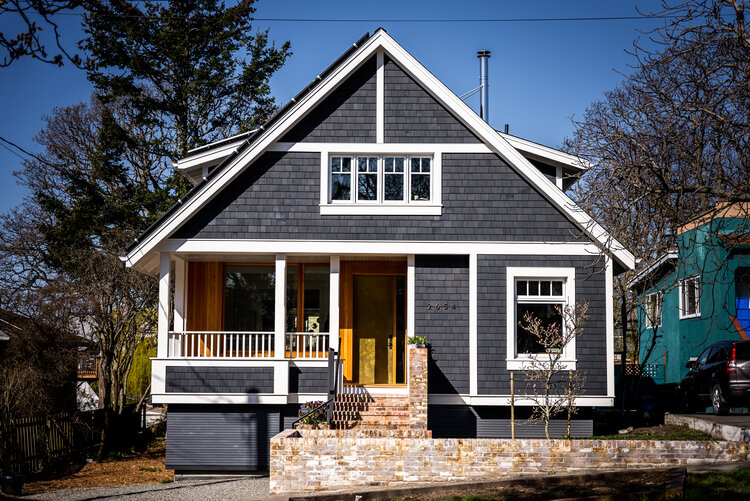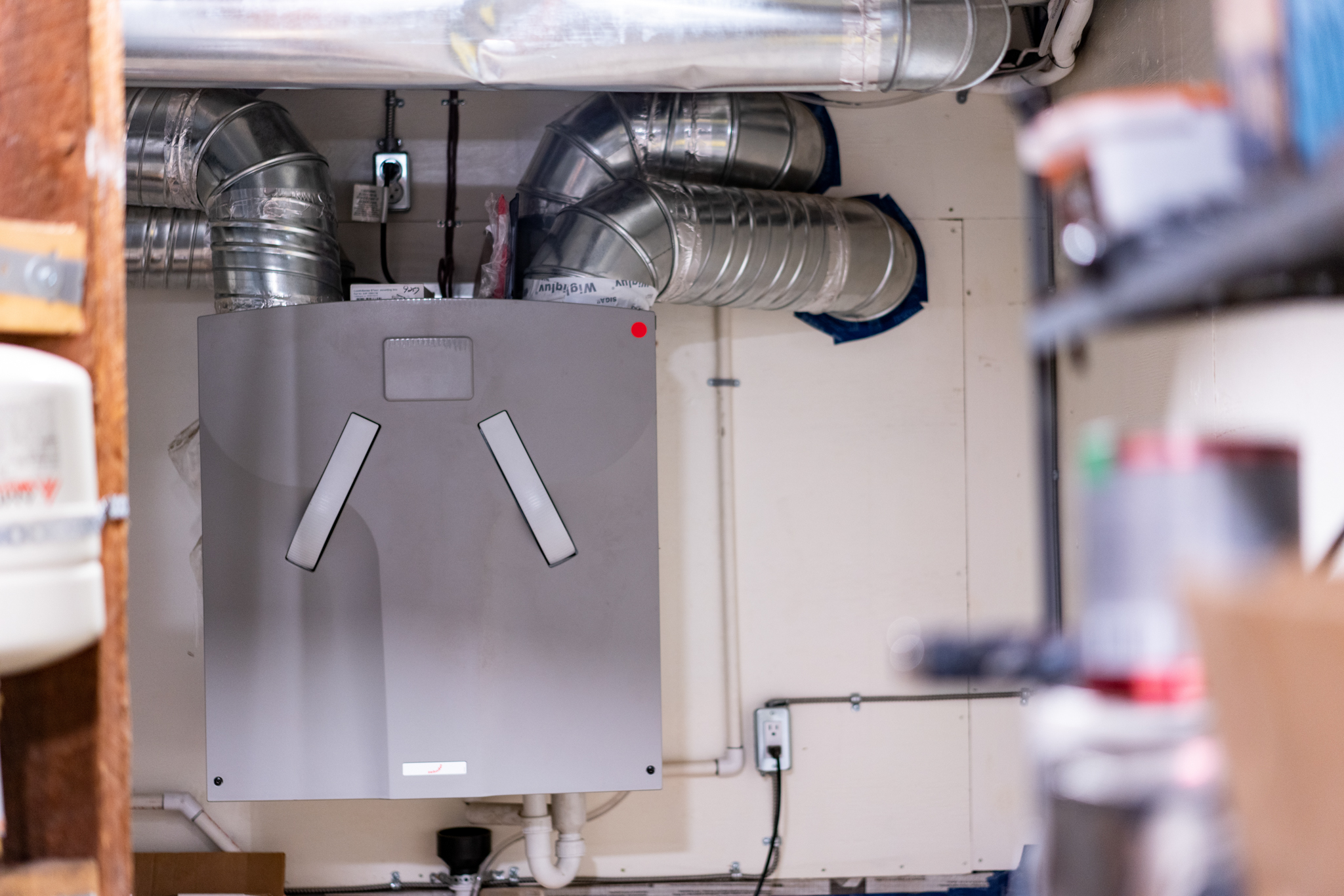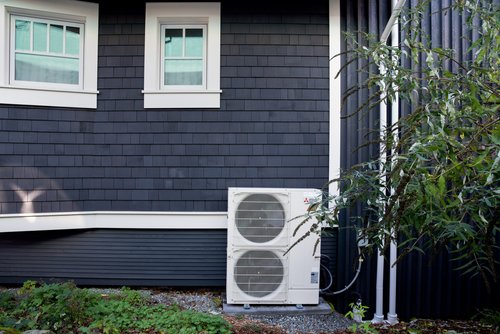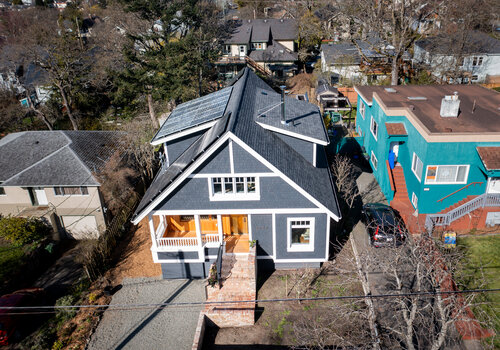Fernwood, Victoria, Net-Zero
The Fernwood deep retrofit transformed a 1912 home into a net-positive energy residence with full electrification, enhanced insulation, and solar panels.
| Building Type | Single-Family Bungalow (incl. 1.5 Story) | Location | Victoria, BC |
| Year Built | 1912 | Foundation Type | Built on bedrock |
| Structure Type | Wood-Framed | Total Floor Area | 404.1m2 |
| Climate Zone | 4 | Heating Degree Days | 2650 |
| Retrofit Status | Complete | Year Completed | 2021 |
| Retrofit Phasing | No | Geometry Changed | Yes |
| Annual Energy Savings | 662.22% | Operational Carbon Savings | 0.21 tCO2eq/yt |
| Retrofit Type | Envelope and Mechanical | Performance Level | Net Zero |
Project Team
- Scott & Scott Architects ( Designer or Architect )
- Taylor McCarthy, Frontera Homes ( Builder )
- Mark Bernhardt, Bernhardt Contracting ( Energy Advisor )
- Dan Wicke, WHM Structural Engineers ( Structural Engineer )
Project Priorities
- Reduce Energy Consumption
- Achieve Net Zero or Net Zero Ready
- Increase Thermal Comfort
- Improve Indoor Air Quality
- Reduce GHG Emissions
- Repair and/or Renew Exterior
- Improve Home Value
Project Goals
“It’s not sustainable if it’s not affordable.”
Upgrades
- Remove oil tank and fully electrify
- Air source heat pump for heating and cooling
- Heat recovery ventilator
- Solar PV system
- Hybrid electric heat pump hot water tank
- Increased insulation in attic and exterior walls
- Improved airtightness
- Rainwater capture for outdoor irrigation
- Addition at the back of the house
Project Description
Planning the Retrofit
The Fernwood Reno project in Victoria, British Columbia, transformed a 1912 Edwardian-Victorian home into a net-positive energy residence. This deep retrofit extended the home’s lifespan while maintaining its character, improving comfort, and achieving high energy efficiency. The project prioritized full electrification, waste reduction, and sustainable material use, setting a precedent for deep energy retrofits in heritage homes.
Before the retrofit, the home was poorly insulated, with minimal wall and attic insulation, and heated by an oil furnace. The whole house was leaky and inefficient with low R-values.
The owners spent their first 20 months in the home educating themselves about energy-efficient renovations, finding the right team, and setting goals for the retrofit.
By the time they started construction in Fall 2019, they were working toward these key objectives:
- Extend the home’s lifespan by 100 years with a full retrofit.
- Upgrade the building envelope for high thermal performance.
- Achieve full electrification, eliminating fossil fuel use.
- Minimize waste by salvaging, repurposing, and sourcing materials locally.
- Install solar panels to generate on-site renewable energy.
- Improve indoor air quality and comfort through advanced ventilation.
A pre-purchase hazardous materials survey assured there wouldn’t be extra problems as the project got underway.
About the Retrofit
They removed the oil tank first to qualify for homeowner’s insurance since they couldn’t get coverage otherwise. Most homeowners who remove oil tanks switch to a natural gas furnace because it works with existing ductwork. However, because the old ducting wasn’t properly sized for a heat pump, which can cause performance issues, and they were planning on opening up the walls anyway, they decided to install new ducting for the heat pump and HRV.
Envelope
Exterior Walls
- Retained existing stucco and cedar shingles, embedding them within a new insulation layer.
- Installed 3 inches of Roxul Comfortboard exterior insulation.
- Added a vapour-permeable air barrier over the existing stucco.
- Utilized an adjustable Z-girt System to create a 3-inch air space for additional Rockwool batt insulation.
- Finished with cedar shingles and cedar shiplap siding, restoring the home’s original aesthetic.
Roof Insulation
- Sistered 2×4 rough-cut joists to create 2×12 cavities, fully filled with Rockwool batt insulation.
- Retained existing 3-year-old asphalt shingles, minimizing material waste.
- In dormer areas:
- Added 5 inches of polyisocyanurate (polyiso) rigid insulation above the roof deck.
- Installed a peel-and-stick vapour barrier under the roof underlayment.
- Finished all sloped roofs with cedar shingles.
Air Sealing & Airtightness
- Conducted a blower door test pre- and post-retrofit to measure airtightness improvements.
- Applied airtight tapes, gaskets, and caulking at all penetrations and junctions.
- Installed a continuous air barrier to control moisture and reduce energy loss.
Basement
The original design planned for the entire basement to be within the conditioned space. However, the existing slab was uninsulated, and energy modeling showed this would result in approximately 20% heat loss. To address this, the design was revised to reduce the conditioned area to about one-quarter of its original size, just enough to house the mechanical room. The remaining basement space was separated from the conditioned area by insulating the walls and ceiling and extending the air barrier.
Mechanical System Upgrades
A new all-electric system replaced the inefficient oil heating system.
Heating & Cooling
- Installed a cold-climate air-source heat pump, capable of efficient heating in Victoria’s winters.
- Designed a new duct system properly sized for heat pump efficiency. The old ducting wasn’t suited for a heat pump, which can cause performance issues, so new ducting was installed during wall renovations.
Ventilation
- Added a dedicated Heat Recovery Ventilator (HRV) system to maintain fresh indoor air while minimizing heat loss.
- Installed separate ducting for HRV to optimize efficiency and airflow.
Renewable Energy & Net-Zero Performance
- Installed solar photovoltaic (PV) panels, producing more electricity than the home consumes.
- Achieved a net-positive energy balance, exporting excess power to the grid (+$311 with BC Hydro in the first year).
Sustainability & Resource Efficiency
The project emphasized material reuse and low-impact construction:
- Salvaged bricks from the removed chimney for landscaping.
- Repurposed lumber from demolition for new construction elements.
- Sourced locally milled wood for finishes and trim.
- Installed native and drought-tolerant plants for water-efficient landscaping.
Lessons Learned
Lessons Learned
- The original budget was 50% higher than expected, forcing a rework of the plan. The final changes included removing a bathroom, keeping the old stairs, reducing millwork, postponing the green roof, cutting landscaping, and reusing kitchen equipment. These adjustments allowed the project to continue without walking away.
- Insulating and adding cladding over the existing stucco wall was intended to save time and money but ended up costing over $35,000—more than double the initial estimate of $17,500—due to higher labor costs. The additional labour was needed was because the walls were uneven and had to be plumbed using the z-girt system which was very tedious.
- In a seismic-prone area, they learned the importance of budgeting for seismic upgrades when planning extensive renovations.
- The existing bay windows had signs of past leaks. To fix this, they extended the rafter tails and roof to provide a larger overhang, which required substantial work and materials.
- After reducing their energy use, the homeowners were charged $1,000 by BC Hydro for switching power from a temporary pole to a permanent mast, which took about an hour.
- They installed an 800-gallon rainwater harvesting cistern under the porch, which became operational on December 18 and overflowed within three days.
Despite these challenges, the homeowners succeeded in making the house energy-efficient, sustainable, and comfortable. The renovated house exceeded the homeowners’ expectations. They aimed to show that an old, leaky house could be made energy efficient. Their goal was to extend the life of the 1912 house, preserve the streetscape, and create a model for others.
Click here for more information about the homeowners’ retrofit journey.
Before & After
General |
Envelope |
Mechanical & Electrical |
Annual Energy Usage |
Carbon Emissions* |



